Planning a trip to Japan?
Then take the opportunity to discover Japanese massage, one of the nation's wellness pillars.
Our guide to its history, techniques, and etiquette should leave you well equipped to dive into the world of massage in Japan and help bring an added feeling of serenity to your travels.
Before you go, don’t forget to bring an iRoamly Japan travel eSIM, ensuring you stay connected and can make bookings online.
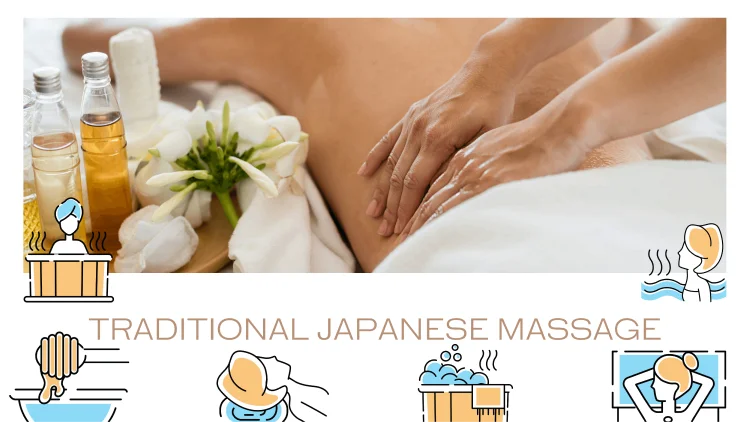
A Deep Tradition of Japanese Massage
Japanese massage, or Anma, is a key aspect of the nation's medicinal history, with treatments that manipulate physical and energetic pathways through the body to induce better health. It was not simply a form of relaxation though – it was therapeutic, offering physical and spiritual healing. Anma, which translates as "press and rub", uses the practitioner's hands to conduct life force "ki" energy to restore the recipient's equilibrium and vitality.
Discover the Different Types of Japanese Massage
There are several varieties of Japanese massage, each with its own techniques and effects:
Shiatsu (finger pressure massage)
• Technique: Practitioners typically perform a quick check for energy imbalances in patients before delivering strong, rhythmic pressure with their thumbs and palms along the body’s energy channels, pausing at points to stimulate the flow of energy and blood.
• Benefits: Shiatsu can increase energy levels, relieve stress, improve digestion and enhance emotional wellbeing.
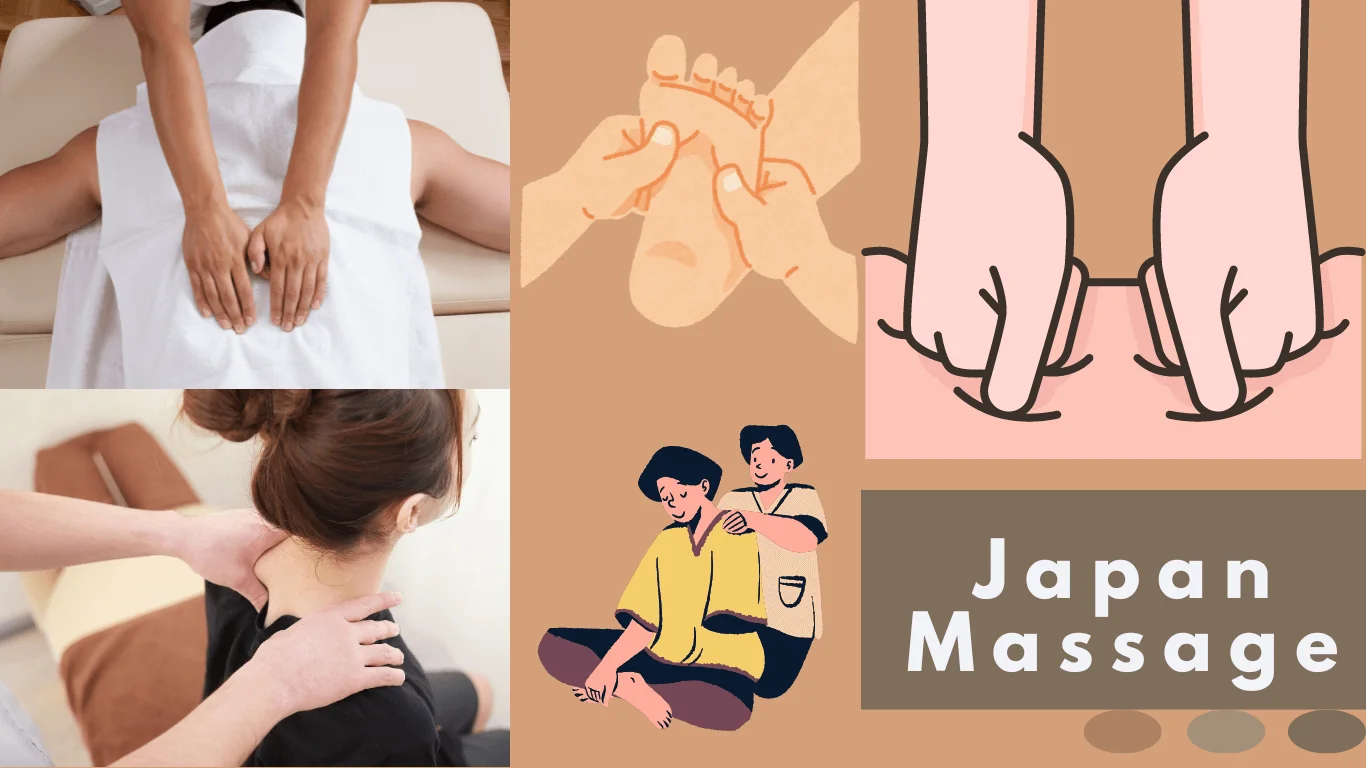
Anma (traditional Japanese massage)
• Technique: After working warming strokes, therapists alternate between kneading and percussion movements on the back and limbs, while incorporating joint loosening and muscle relaxation into the session.
• Benefits: Anma is believed to improve the body’s circulation and detoxification processes, boost skin elasticity, and raise flexibility and mobility.
Seitai (structural alignment massage)
• Technique: A series of stretches are employed to relax tension, before applying pressure and moving the joints and muscles to realign distorted bone structure and body mechanics.
• Benefits: Seitai is said to correct posture problems, ameliorate chronic pain, and restore vitality.
Reflexology (foot and hand massage)
• Technique: Massagists will identify “active points” – sensitive or tight areas – on the foot or hand, and stimulate points relating to different parts of the body along the body’s energetic pathways.
• Benefits: Reflexology is used to achieve relaxation, alleviate pain and support the body’s healing capabilities.
What You Need to Know Before a Japanese Massage
Before you book a Japanese massage, there are a few things to be mindful of, and some advice to follow:

Health: If you have any health issues such as injuries or heart problems, let your therapist know in advance.
Pregnancy: Most types of traditional massage are not suitable for pregnant women, due to the pressure techniques.
Speak up: If anything causes you pain or discomfort during your massage, don’t suffer in silence – the practitioner will often appreciate knowing your perfect level of pressure and technique.
Cultural Considerations: Keep an eye on practices and cultural norms around a Japanese massage, including the expected modesty and silence in the massage area.
How to Enquire and Enjoy a Japanese Massage
Booking a massage in Japan is generally straightforward, and can often be done online or through a hotel concierge. Keep the following in mind:
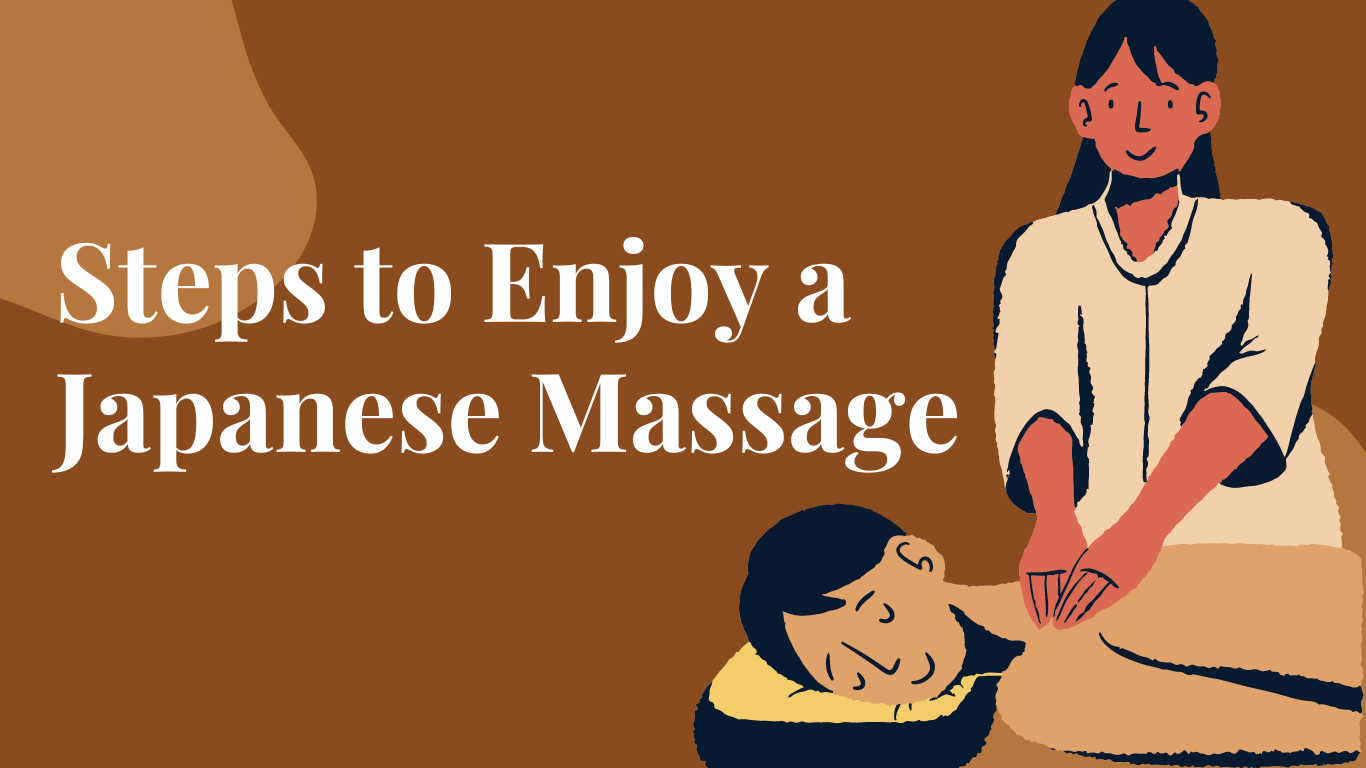
Book in advance:
Especially if you’re in a major tourist area, or attending a well-known hotel spa.
Choose your setting:
Pick a reputable city spa in Tokyo or Kyoto, or a ryokan (a traditional Japanese inn) that offers in-house massage services.
Overcome language barriers:
If you don’t speak Japanese and the therapist doesn’t speak your language, consider a translation app or service, so you can communicate your preferences and understand service menus.
Consider your costs:
Packages: Many spas offer packages that include a massage along with other wellness treatments, and can be very cost-effective.
Physical cost:
Entry level: Expect to pay around 3,000 yen for a 30-minute massage.
Regular prices: 6,000-10,000 yen for a 60 minute massage, with a wide variety of techniques covered.
Luxury: The top-end of the market can go beyond 15,000 yen, particularly around tourist hotspots and Japan’s popular landmarks, where highly rated spas cater to both locals and travelers seeking premium experiences.
Payment options: Credit card is widely accepted at urban massage centers and spas, but more traditional or rural massage businesses may be cash only. Some may also offer mobile payment options, with LINE Pay and PayPay particularly popular in urban areas.
Massage Recommendations by Venue
When planning your massage experience in Japan, the choice of venue can impact the style and quality of service you receive. Here's a guide to the different types of locations and the massages they’re most likely to offer:
Luxury Hotel Spas
Treatments Available: Full spa treatments with Shiatsu, Anma, and aromatherapy massages.
Cost: You'll pay a premium, with personal sessions running from ¥15,000 to ¥30,000.
Payment: Credit card, room charge, or even QR code payments can be possible.
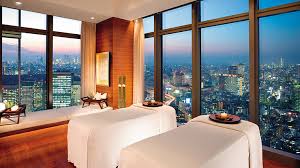
Local Spas and Wellness Centres
Treatments Available: Everything from Seitai to reflexology, and sometimes Western styles such as Swedish or deep tissue.
Cost: The most budget-friendly, at ¥3,000 to ¥10,000 depending on time and style
Payment: Credit cards and cash will be most convenient, although some may also accept e-money.
Urban Wellness Studios
Treatments Available: Focused specialities specific to the studio, such as Shiatsu or modern styles blending East and West practices.
Cost: Around ¥5,000 to ¥12,000
Payment: All methods should be available, though some may be cash-only.
Traditional Ryokans
Treatments Available: Anma or Shiatsu massage are common components of a health stay alongside the hot springs (onsen).
Cost: Prices vary, but expect to pay ¥8,000 to ¥20,000 extra for massages, or have them included in your room rate.
Payment: Likely cash, but some can take card payments in the building.
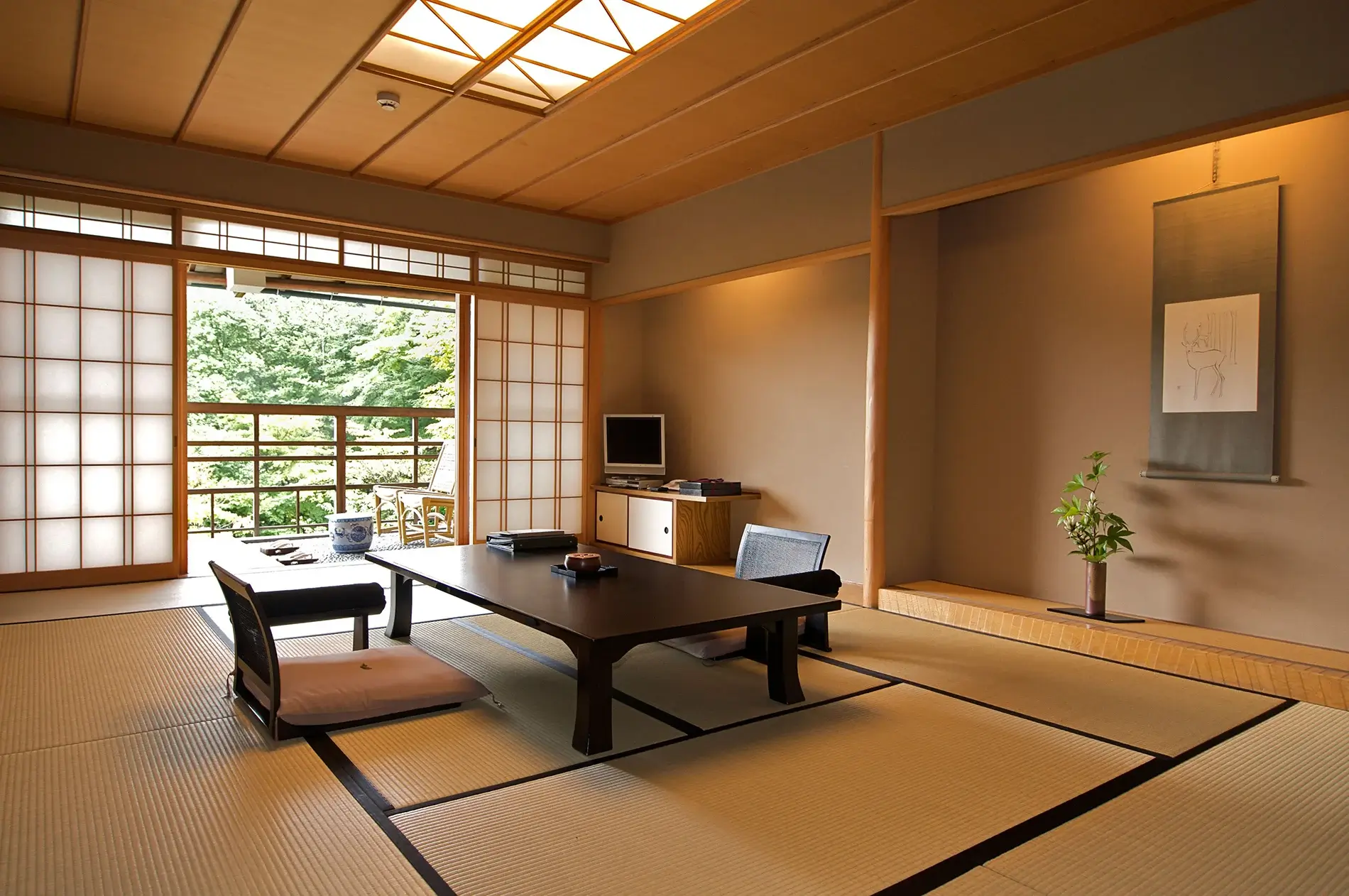
Onsen Resorts
Treatments Available: Massage is often more integrated with spa treatments here, with many focusing on detoxifying relaxation treatments.
Cost: ¥10,000 to ¥25,000 will typically include use of the baths and other facilities.
Payment: Mainly credit cards, but cash and QR payments are sometimes accepted.
Conclusion
Massage in Japan is a varied art, deeply connected to the country's approach to health and wellbeing. Whether you're interested in the energy balance of Shiatsu or the physical alignment of Seitai, the different styles are all paths to relaxation and self-care.
Making time for a massage during your travels will not only help ease sore muscles, but also bring you closer to the historical practices you can still experience today.
Appreciate the tranquility when you visit!
